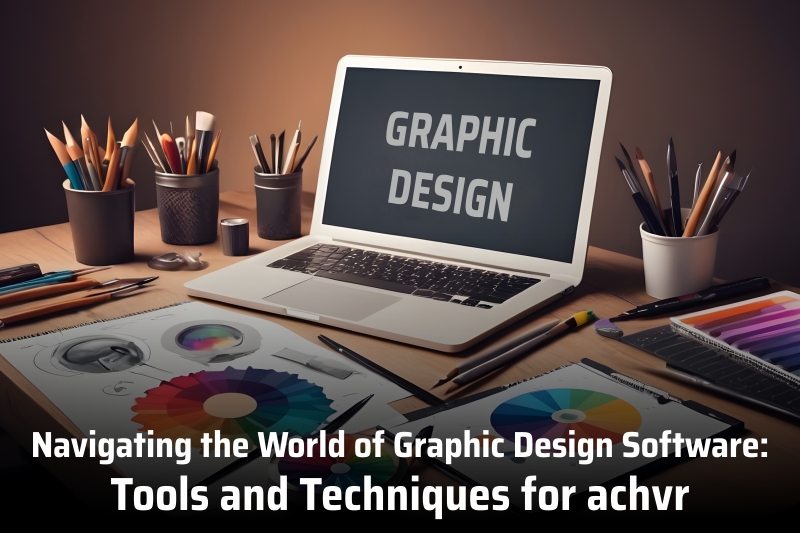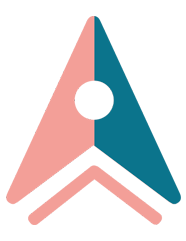Navigating the World of Graphic Design Software: Tools and Techniques

Introduction:
In a dynamic design business, proficiency in software tools is very important to bring creative visions to life. From creating stunning graphics to communicating complex ideas, graphic design software acts as a gateway to infinite possibilities.In a dynamic design business, proficiency in software tools is very important to bring creative visions to life. From creating stunning graphics to communicating complex ideas, graphic design software acts as a gateway to infinite possibilities.
Introduction
Graphics software is a type of computer program that is used to create and edit images. There is a wide range of graphics software available on the market, ranging from simple programs that allow users to create and edit basic images, to complex tools that can be used to create detailed 3D models and animations.
Understanding Graphic Design Software:
Graphic design software encompasses a wide range of applications, each tailored to specific design tasks and workflows. From vector-based drawing tools to raster image editors and layout software, designers have access to a diverse toolkit that caters to their unique needs. Understanding the strengths and capabilities of different software options is essential for choosing the right tools for each project.
Exploring Essential tools
Graphic Designers rely on software to bring their ideas to life. Photoshop, Sketch, Illustrator, InDesign, and After Effects are among the best software for graphic design.
Photoshop
Photoshop is a graphic editor that is best used for image editing. It is the industry standard for manipulating photos and computer art. Photoshop offers 2D and 3D image manipulation, compositing, video editing, and image analysis.
Sketch
Sketch is a vector-based tool available on Mac and focuses on web, app, and interface design. This is a great program for designing icons, ad banners, social media images, and presentation materials. It also has many UI and UX-related usages, such as icon design, prototyping, and creating user flows.
Illustrator
With Illustrator, you can create everything from vector illustrations and logos to graphics and fonts. While Illustrator shares many similar tools and functions with Photoshop, it is centered around vector design, which means that you can resize and rescale designs without losing image clarity.
InDesign
InDesign is a page layout program and an essential tool for Designers working in publishing. This software can be used for laying out magazines and newspapers, or putting together reports and brochures. With InDesign, Designers can effectively organize text, create layout formats, insert image placeholders, and save files in a print-ready format.
After Effects
After Effects is a motion graphics and visual effects software that is ideal for Graphic Designers who incorporate motion into their work. With After Effects, designers can create animations, movie titles, transitions, or even design in a 3D space.
Mastering Techniques:
Beyond individual tools, mastering techniques is crucial for achieving professional-level results in graphic design. Techniques such as layering, masking, and blending allow designers to create intricate compositions with depth and dimension.
- LAYERING: Layers are used in digital image editing to separate different elements of an image. A layer can be compared to a transparency on which imaging effects or images are applied and placed over or under an image.
- MASKING: To mask an image or create an image mask means that you overlay the image layer with a detailed grayscale layer or a path that filters what parts of the image get shown.
Embracing New Technologies:
In the ever-evolving landscape of technology, graphic design software is becoming one of the software which is , constantly introducing new tools and features to empower designers worldwide. Grabing these advancements is essential for staying ahead in the competitive world of design.
The Rise of AI-Powered Design is One of the most significant advancements in recent years into design software. AI-powered design assistants analyze user inputs and provide intelligent suggestions, speeding up the creative process and enhancing productivity. These assistants can generate layout ideas, suggest color palettes, and even provide design feedback based on user preferences.
Conclusion:
In the constantly changing landscape of graphic design, proficiency with software tools is essential for unleashing creative potential and staying competitive in the field. By mastering essential tools and techniques, navigating industry standards, and embracing new technologies, designers can unlock new dimensions of creativity and bring their visions to life like never before.

AI in Business: Is it a Boon or Bane?















